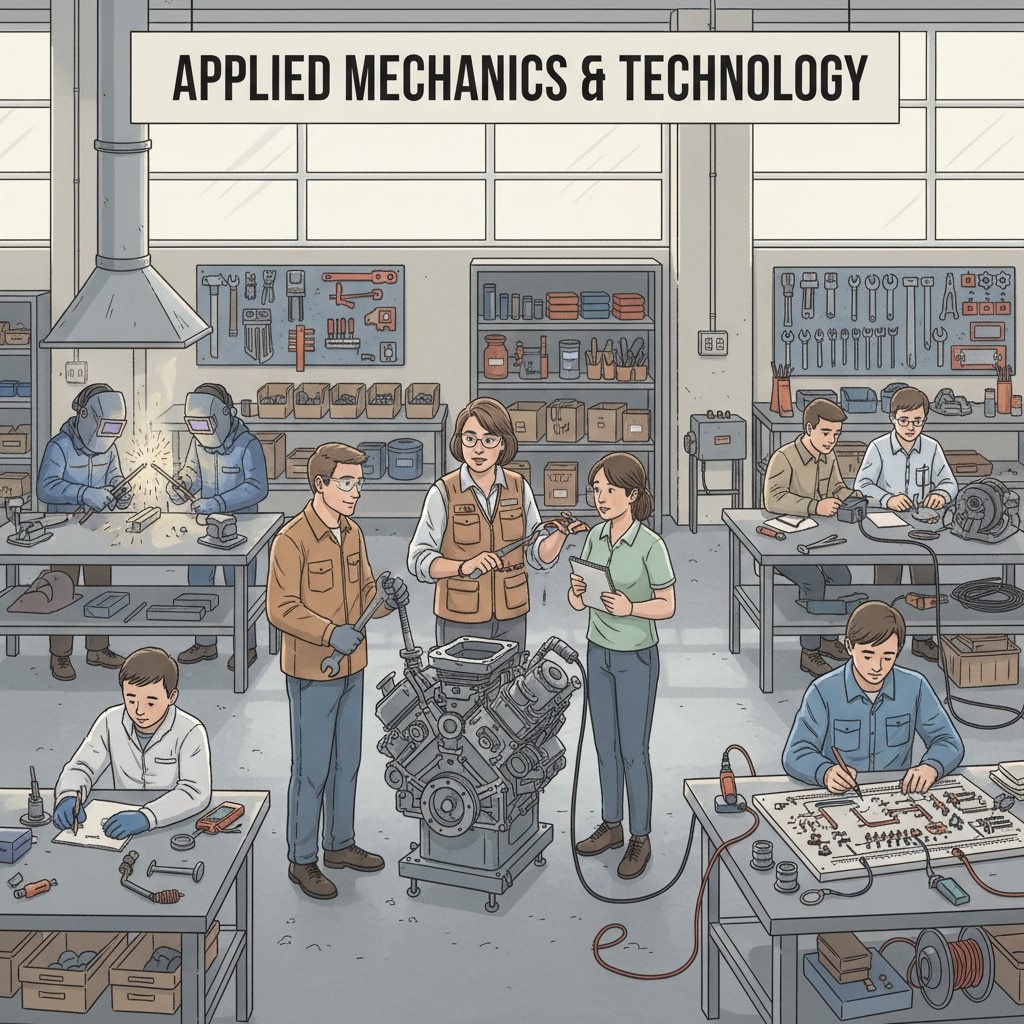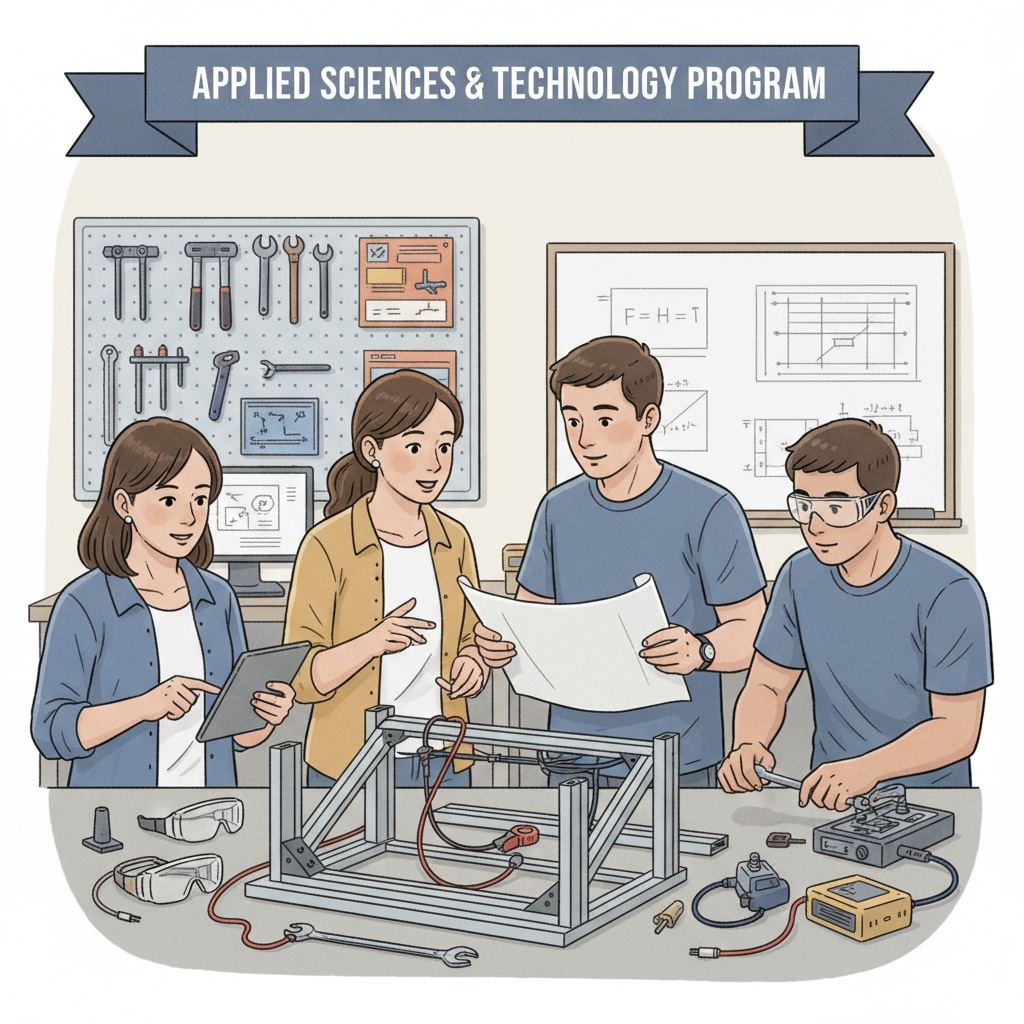When discussing higher education, return on investment, vocational education, and employment prospects, it’s essential to challenge the long-held belief that a university degree is the only path to success. In Australia and the US, a closer look at the data reveals some interesting insights.

The Traditional Higher Education Route and Its ROI
For decades, the pursuit of a university degree has been seen as the golden ticket to a prosperous future. Parents and students alike have invested significant time, effort, and money into obtaining a bachelor’s or higher degree. However, the reality of the return on investment (ROI) is not always as rosy as expected. According to data from the National Center for Education Statistics, the cost of higher education in the US has been steadily increasing. Tuition fees, accommodation, and other expenses can amount to a small fortune. For example, at some private universities, the total cost of a four-year degree can exceed $200,000. In addition, students often take on large amounts of student loans, which can take years or even decades to pay off.
The Rise of Vocational and Technical Education
On the other hand, vocational and technical education is emerging as a viable alternative. Vocational training programs are designed to equip students with practical skills that are in high demand in the job market. Fields such as plumbing, electrical work, and nursing offer excellent employment prospects. For instance, a plumbing apprentice can start earning a decent income relatively quickly after completing a short training program. These programs typically cost much less than a traditional university degree. As reported by the Australian Apprenticeships and Traineeships Information Service, vocational courses in Australia often have lower tuition fees and shorter completion times, allowing students to enter the workforce earlier and start earning money.

Moreover, the job market is increasingly recognizing the value of vocational skills. Many industries are facing a shortage of skilled workers in trades, and companies are willing to offer competitive salaries and benefits to attract these professionals. This means that vocational education graduates often enjoy good employment prospects and can achieve a solid return on their educational investment.
Readability guidance: The key points here are the high cost and sometimes disappointing ROI of traditional higher education, and the growing appeal and better ROI potential of vocational and technical education. Each path has its own characteristics, and understanding these can help K12 students and their parents make more informed decisions about future education and career paths.


